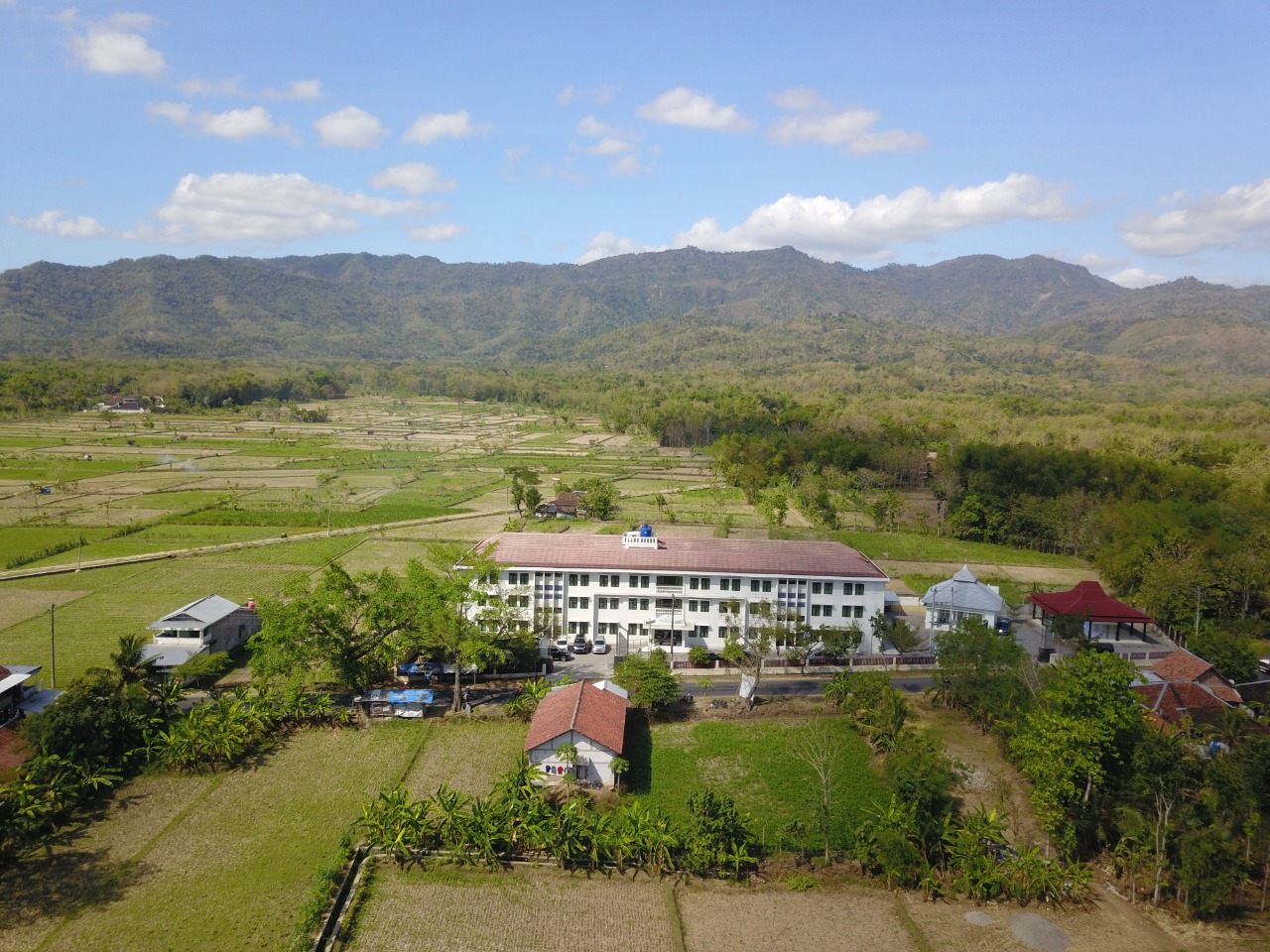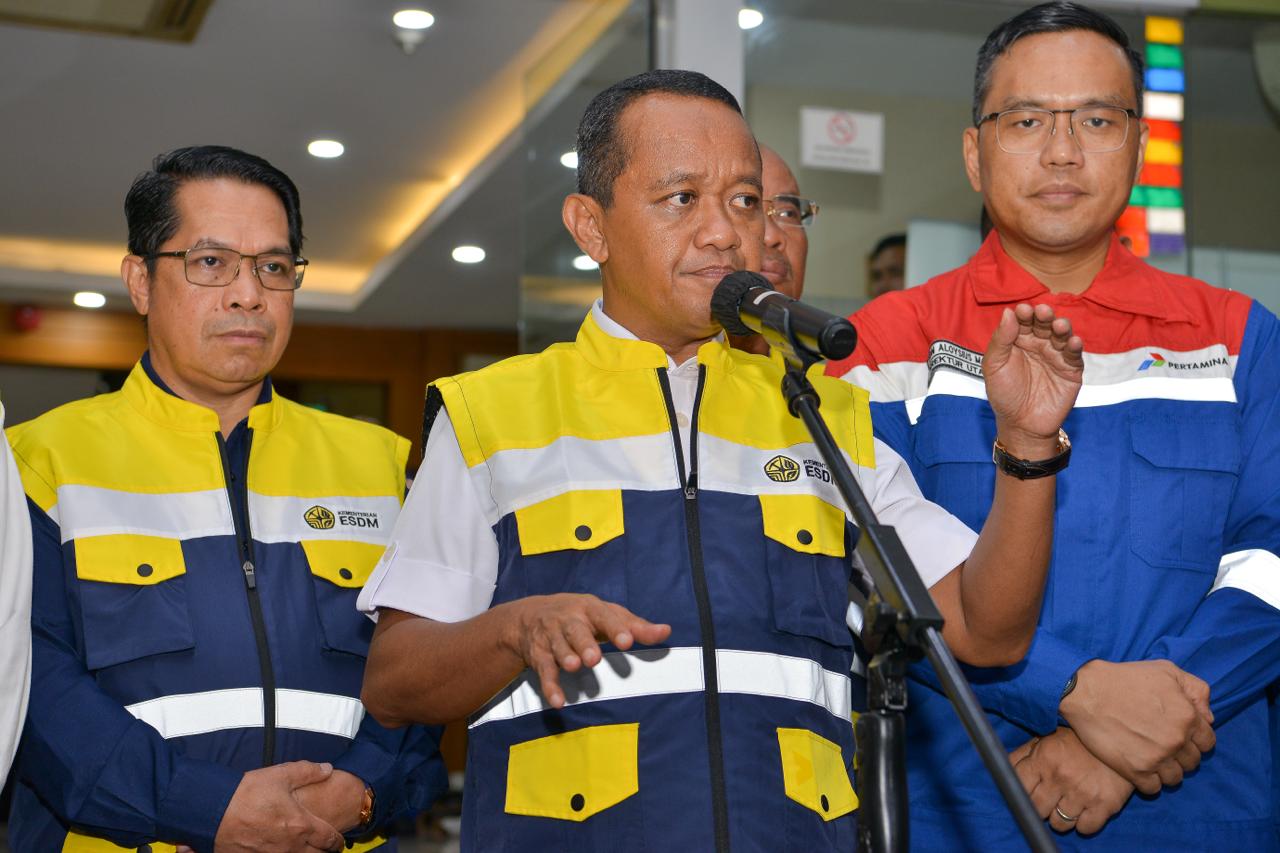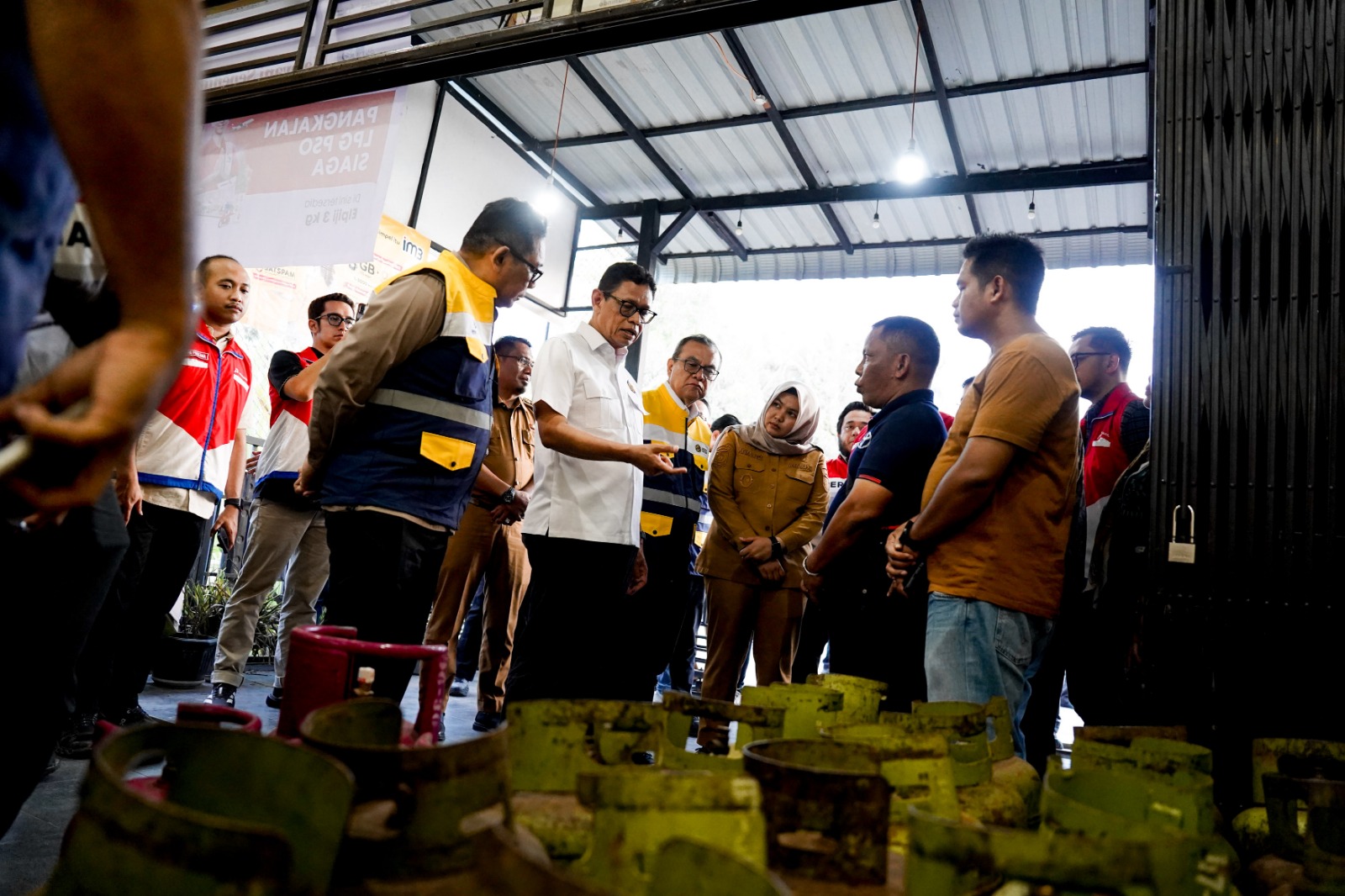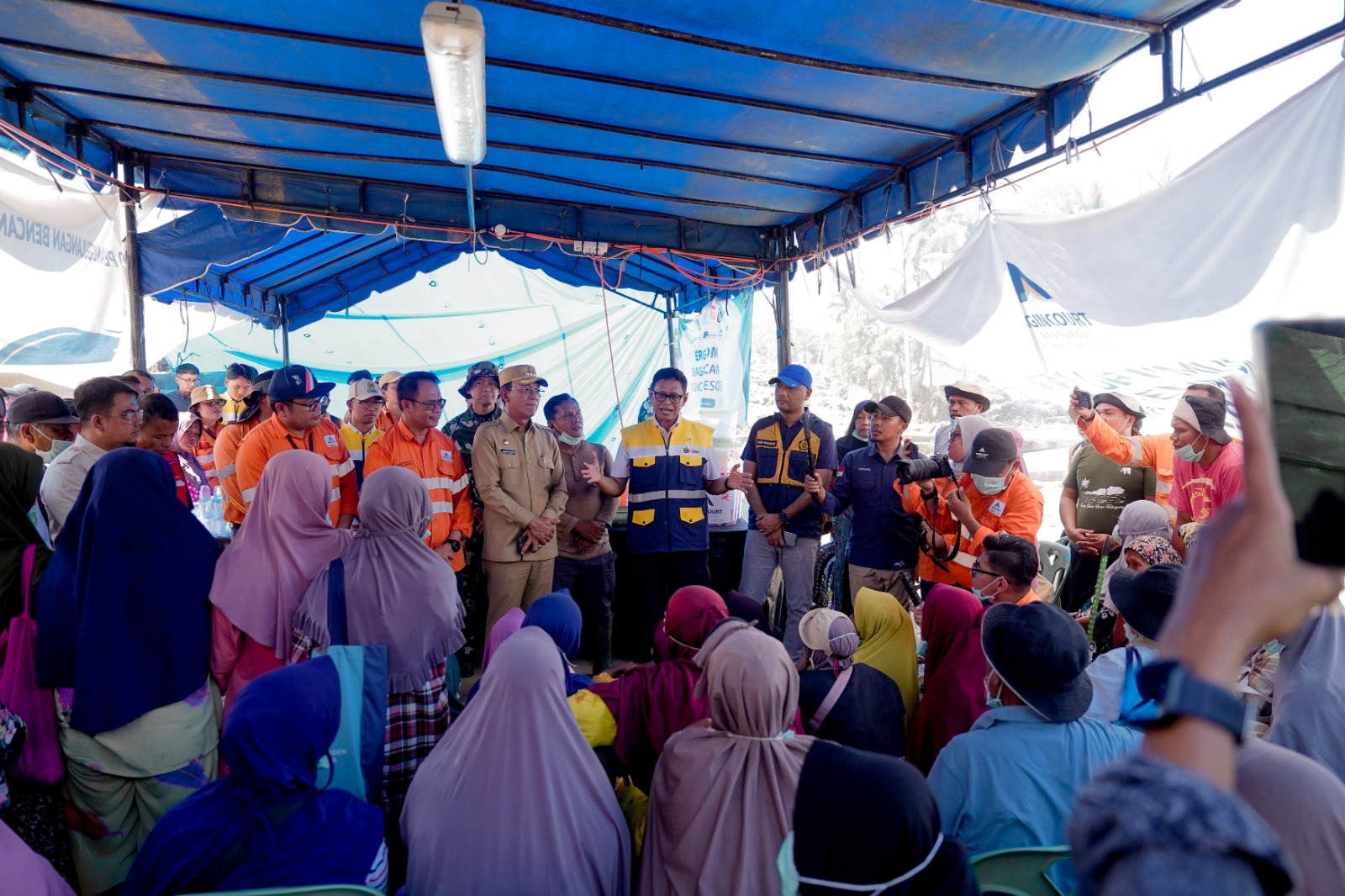
Tracing Geological History at the Bayat Campus
MINISTRY OF ENERGY AND MINERAL RESOURCES
REPUBLIC OF INDONESIA
PRESS RELEASE
NUMBER: 261.Pers/04/SJI/2020
Date: 28 July 2020
Tracing Geological History at the Bayat Campus
The Bayat Campus building located at Jalan Raya Bayat, Bayat Sub-regency, Klaten Regency in Central Java Province, is most likely a familiar building to geological students and students of other earth sciences. Known as the Field Campus of University of Gadjah Mada (UGM), the Bayat Campus with its 3 floors towers above the neighboring one-floor buildings, most are new buildings constructed after an earthquake measuring 5.9 at the Richter scale hit the area in May 2006.
Bayat's geological structure is unique compared to other places in Indonesia. It is one of the three locations in Java Island--together with Karangsambung in Kebumen Regency of the same province and Ciletuh in West Java Province--where a pre-tertiary rock outcrop is found, making Bayat a key to understanding the island's tectonic evolution. The outcrop which is spread along the Jiwo Hills in Bayat is made up of various superficial deposits that hold important information about Indonesia's geological condition.
"We must conserve these places for learning purposes, because they are posed to even greater threats, from land allotment to vandalism. If possible, we should turn the places into not only geoheritage sites but also geoparks in the future," said Head of Center for Groundwater and Environmental Geology, Geological Agency of Ministry of EMR, Andiani, in a work visit to the Bayat Campus on Saturday (25/7).
Saleh Abdurrahman, Advisor to Minister of EMR for Environment and Spatial Affairs who is concurrently Acting Head of Geological Agency, also supports plans to propose Bayat as a conservation area because not everyone is aware that the geological outcrop is important. "Dissemination about the importance of the geological outcrop in their area must be done continuously to the local residents. Besides for geological learning, the conservation area will bring about positive social impacts and improve people's economy," said Saleh.
Since its establishment in 1984, the Bayat Campus has received thousands of students every year for one to four weeks of field study. "In normal condition, this campus can accommodate up to 160 students and 20 tutors. After temporarily closed due to the Covid-19 pandemic, our campus is ready to welcome students again, under a very strict Covid-19 protocol, but only half from the normal condition," said Didit Hadi Barianto, a lecturer at UGM's Geological Engineering department who is Chief Administrator of the Bayat Campus.
Geologists estimate that the oldest rocks or the bedrock of Java Island is from the Cretaceous period, or about 100 million years ago. The oldest outcrop in Bayat is metamorphic rocks estimated from 98 million years ago, measured by Potassium-Argon radiometric method used to calculate rocks age. The metamorphic rocks in Bayat can be found both in West Jiwo and East Jiwo Hills.
These rocks are important for geosciences because they contain information about the tectonic and metamorphic processes causing rocks that are supposedly located tens of kilometers below the Earth's land surface under high temperature and pressure are exposed, or crop out, to the surface. By studying these rocks, geologists can estimate the temperature and pressure that formed the rocks, and thus, discover the geological history and evolution of Java Island. Because outcrops are rare and the geological information they contain is important, Bayat attracts both domestic and overseas geologists. (IY)
Head of Bureau of Communication, Public Information Services, and Cooperation
Agung Pribadi (08112213555)
Share This!






